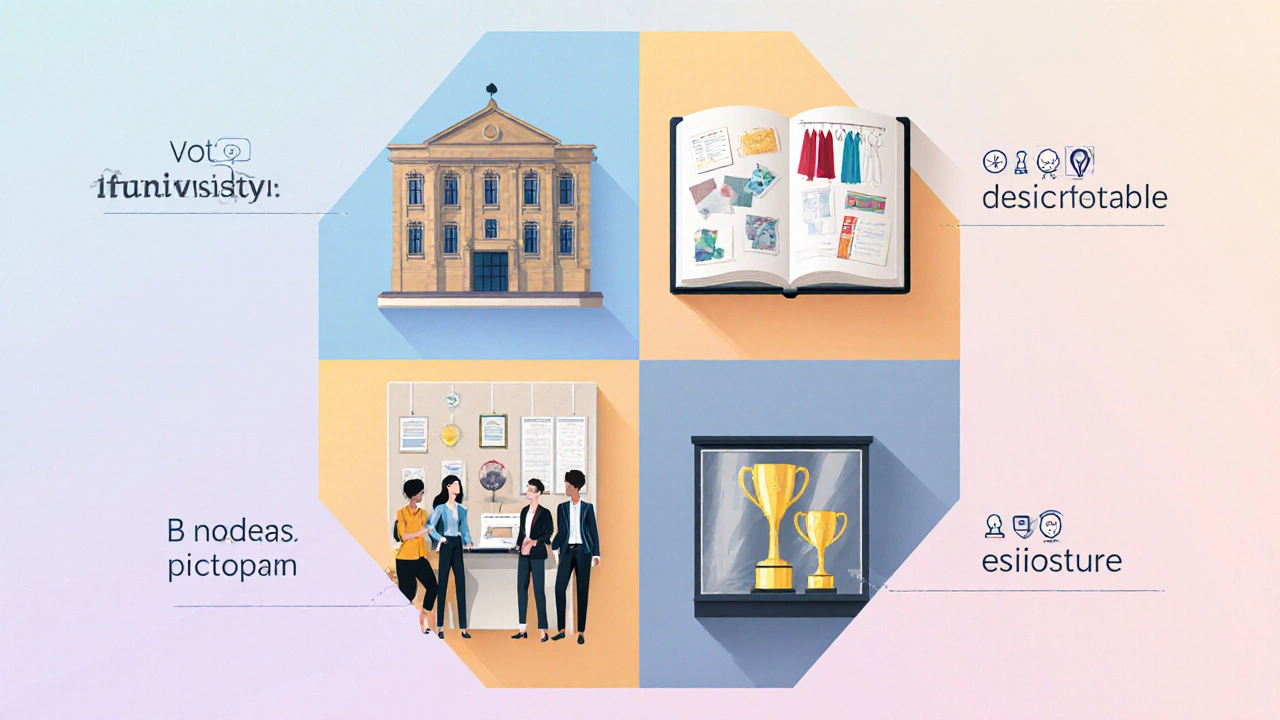How to Become a Fashion Designer: Skills, Paths, and Real Opportunities
When you want to become a fashion designer, a creative professional who designs clothing, accessories, and textiles for commercial use. Also known as fashion designer, it’s not just about sketching dresses—it’s about understanding fabrics, fit, production, and what people actually want to wear. In India, this path isn’t limited to graduates from elite design schools. Many successful designers started with short vocational courses, learned on the job, or built their brand through social media. You don’t need a 4-year degree to start. You need hands-on skills, a clear vision, and the drive to keep improving.
Most people think fashion design is all about creativity, but the real work happens behind the scenes. You’ll need to know how to read patterns, operate sewing machines, choose the right materials, and manage timelines. A fashion design course, a structured training program that teaches pattern-making, draping, garment construction, and industry software. Also known as fashion vocational training, it gives you the technical backbone to turn ideas into wearable products. These courses are offered by institutes like The Pathway Institute of Job Skills, and many are designed for people starting late, switching careers, or working part-time. You’ll also need to understand the fashion industry India, the local market for apparel, including fast fashion, ethnic wear, and export-driven design houses. Also known as Indian fashion market, it’s growing fast, with demand for skilled tailors, technical designers, and small-label creators rising every year. Brands are looking for people who can make quality garments quickly and affordably—not just artists with portfolios.
Some of the best designers in India never went to NIFT. They learned from local tailors, took online workshops, started selling on Instagram, and built their reputation one stitch at a time. The key is to start doing, not just dreaming. Practice on old clothes. Learn to sew by hand first. Study what sells in your city. Watch how street vendors drape sarees. Copy then improve. Your first collection doesn’t need to be runway-ready—it just needs to be real. The fashion designer who survives isn’t the most talented. It’s the one who shows up every day, learns from mistakes, and listens to customers.
Below, you’ll find real advice from people who’ve walked this path. You’ll see which short courses actually lead to jobs, how to build a portfolio with zero budget, and what employers in India look for when hiring entry-level designers. No fluff. No theory. Just what works right now in the Indian fashion scene.

How to become a qualified fashion designer - requirements and steps
Learn the exact education, portfolio, experience, and certifications needed to be recognized as a qualified fashion designer.